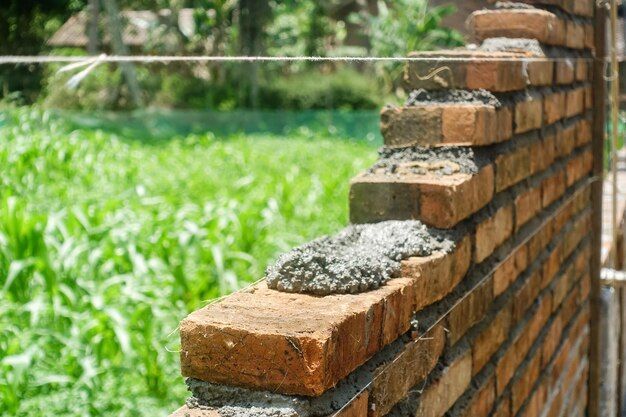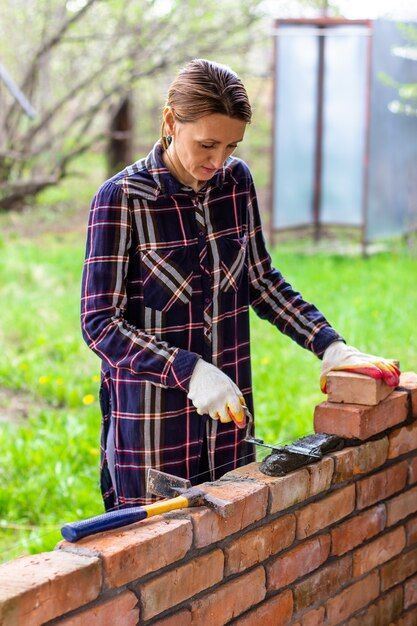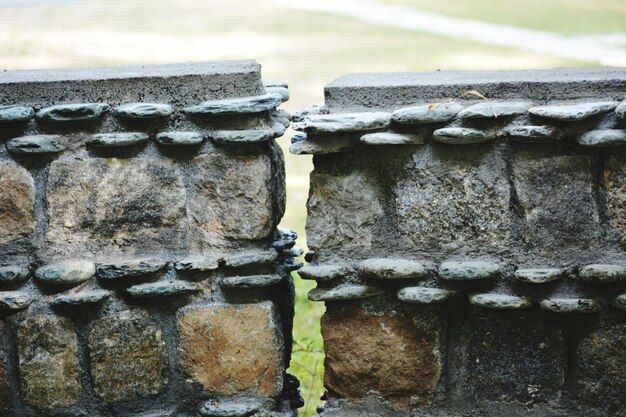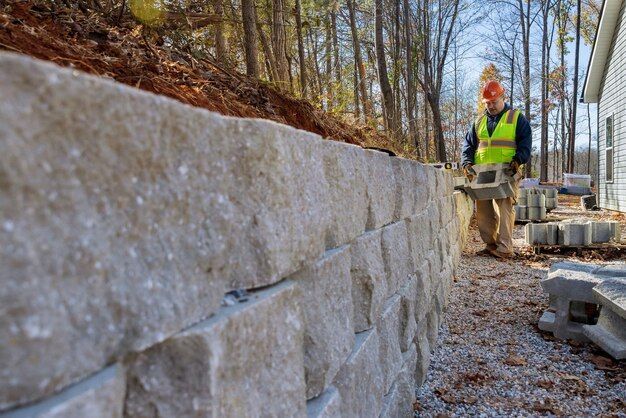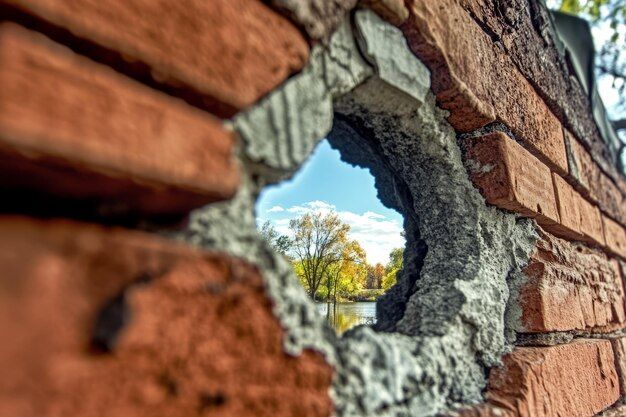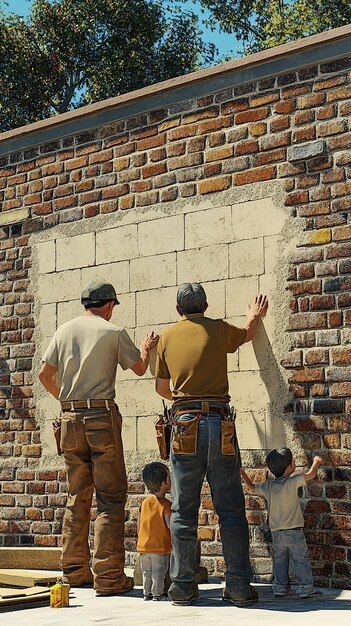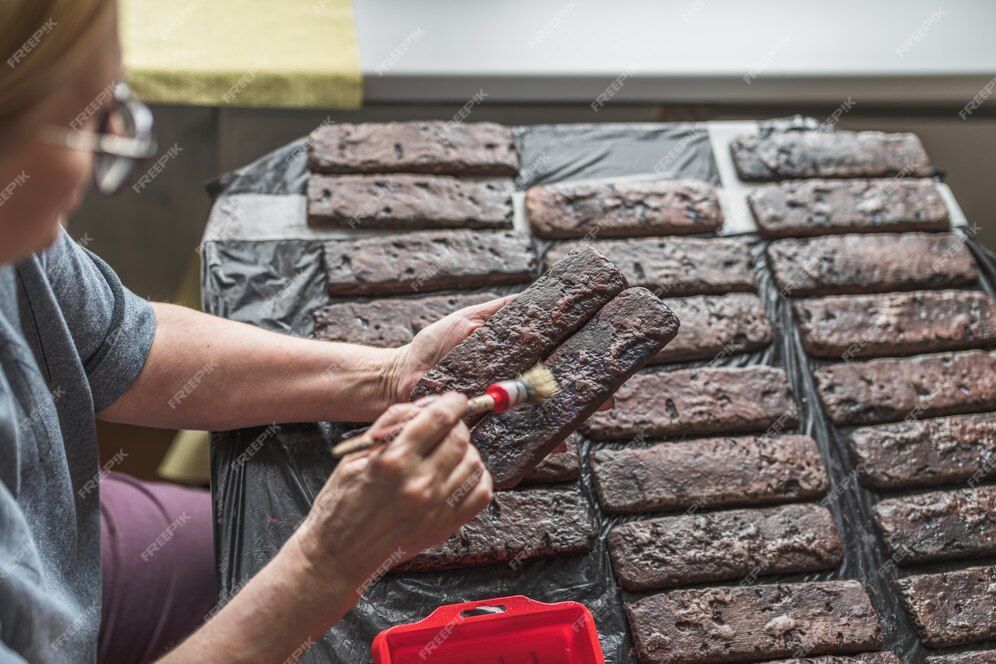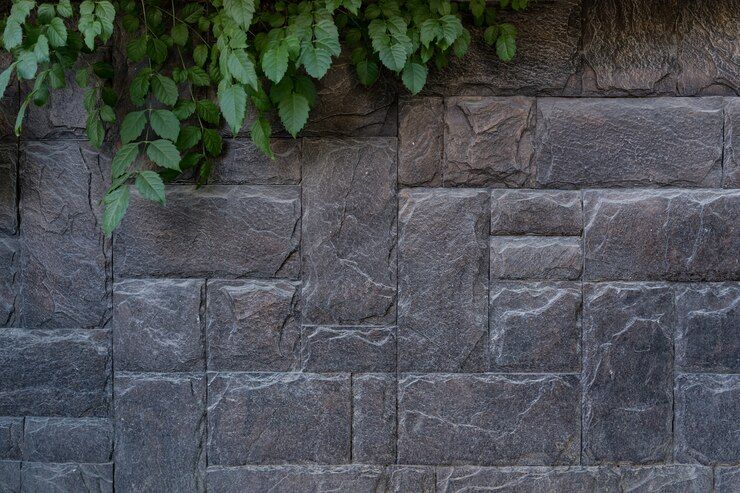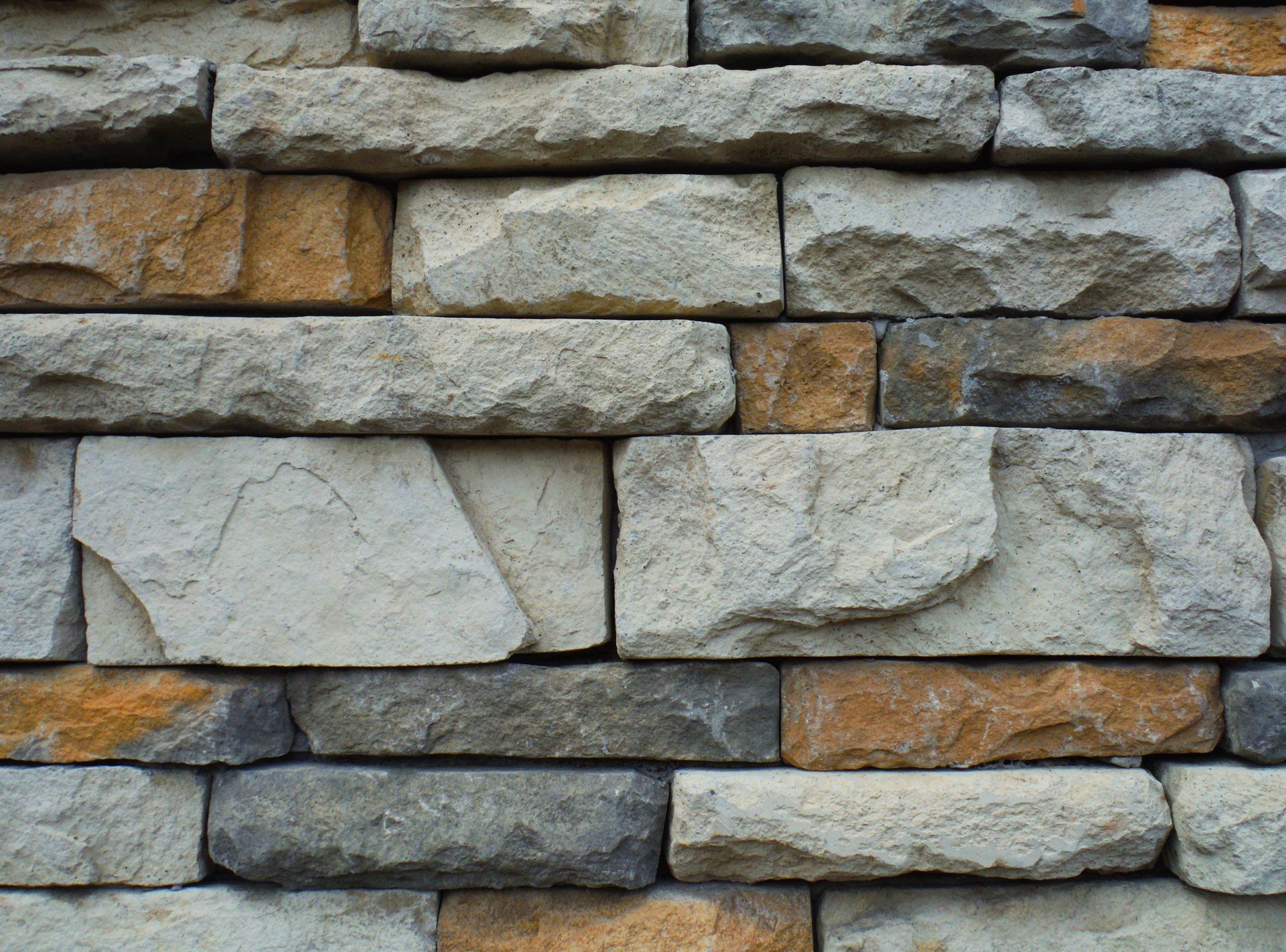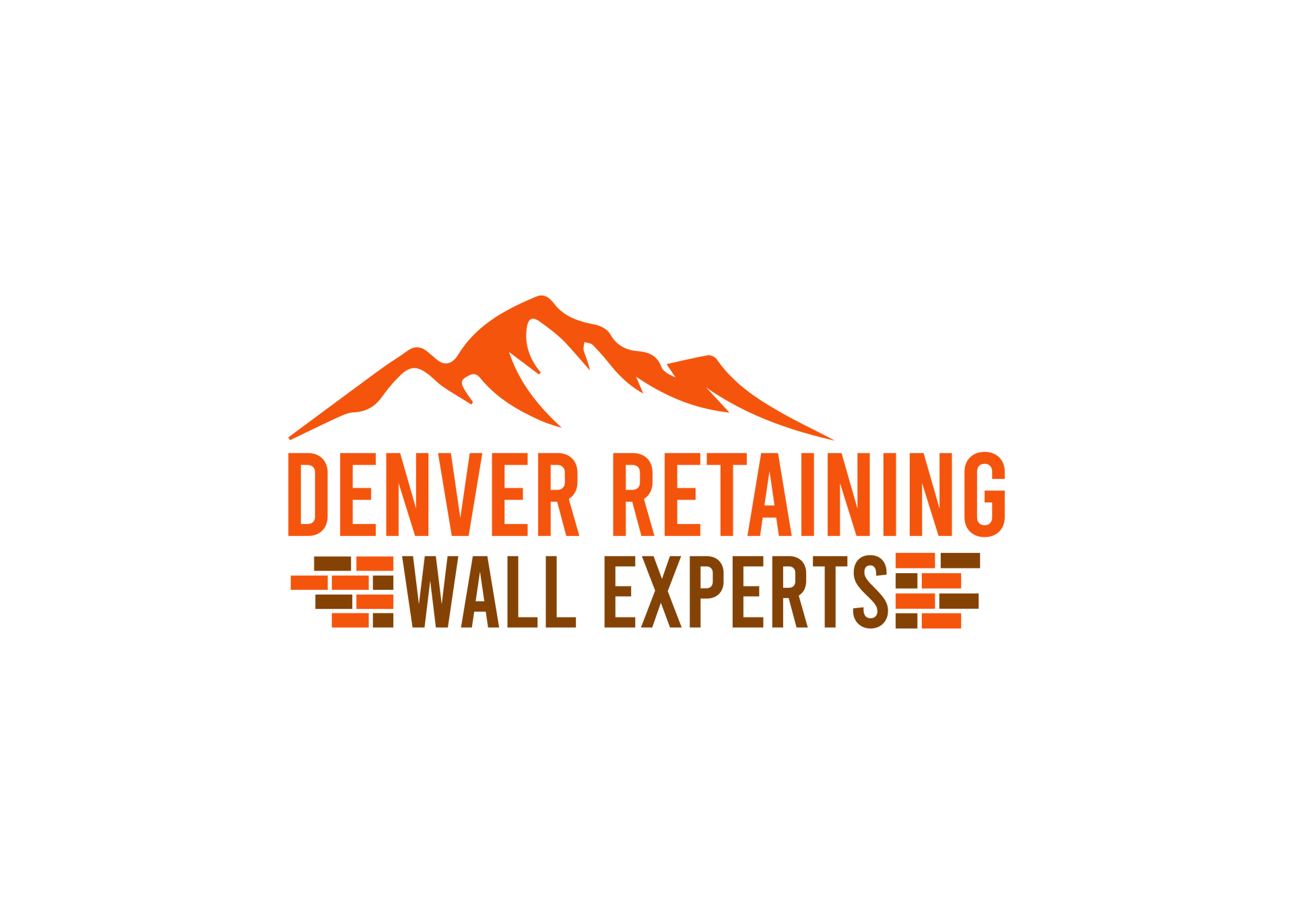Top Reasons Why Retaining Walls Are Essential for Denver Properties
A retaining wall isn't just a functional structure to keep your ground…well, grounded, but it can also be an integral element of your property’s design. From keeping your soil dry and solid to adding a significant feature that can effectively improve the overall appearance of your landscape, retaining walls can do just that and even more.
Here we will explore why a retaining wall might just be one of the best design decisions you can make for your Denver property.
Erosion Control
One of the most fundamental functions of a retaining wall is to maintain ground stability and hold soil and rock together to keep them from crumbling and falling. These walls are often strategically built in areas that are located near bodies of water or on slopes with high risks of erosion or where erosion can be especially severe.
- Soil Compaction - This effect increases soil density and bonds between soil particles behind the wall for a stronger grip, reducing the chances of ground shifting and eroding.
- Physical Barrier - Retaining walls hold back soil and loose rocks from rolling down slopes or uneven and tilting terrain.
- Reduces Surface Run-off - By slowing down the flow of water over the surface of the soil, this reduces the force of erosion and potential flooding from accumulated water.
Water Management
Often retaining walls are built with an integrated drainage system like drainage pipes, weep holes, and gravel backfill to manage the water systems behind the wall. This feature effectively manages stormwater runoff to prevent flooding and reduce load or water pressure within the drainage systems.
- Water Retention - Retaining walls redirect water to flow away from the wall and to designated drainage spots to prevent run-off. In other cases, retaining walls can be designed to create rain gardens or retention ponds that catch rainwater and slow down its drop to the ground, allowing it to penetrate the soil better.
- Prevents Hydrostatic Pressure - Because of the drainage systems integrated behind the wall that manage the flow of water and prevent it from accumulating, this lessens the hydrostatic pressure which could potentially push against the wall and damage it along with structures next to it.
Slope Management
Retaining walls help in managing slopes by creating terraced levels, which transform steep and uneven terrain into usable and leveled surfaces.
- Slope Reinforcement - Retaining walls act as physical barriers that hold back soil from falling by increasing its stability. They reinforce slopes by reducing the risk of landslides and shifting soil which can cause severe erosions that damage safety and property.
- Leveled Platforms - Retaining walls often follow a terracing structure where it creates multiple, flat levels of different elevations on a slope. This segments the slope into manageable and even leveled areas that can be converted into usable spaces.
Structural Integrity and Support
Retaining walls offer load support to nearby structures by providing a solid and stable base for their foundation to sit securely in, especially for those built on or around slopes. This prevents the soil from shifting and destabilizing the structure.
- Load Distribution - Retaining walls evenly distribute load or any additional weight such as buildings, vehicles, and outdoor features on the soil, allowing the platform to stay steady and leveled.
- Platform Stability - retaining walls are naturally designed to be strong and durable, with the ability to hold in heavy loads of soil and deep-seated rocks, this ensures the wall has the strength to withstand the pressures of soil, water, and surface load over time.
Aesthetic Appeal
Not only is a retaining wall classified as a functional structural support, but it can also be considered an additional landscape design element that improves the ground levels of your Denver property while at the same time enhancing its overall visual aesthetic.
- Versatile Design - Retaining walls come in various sizes and designs and are made up of materials depending on preference and specific build requirements.
- Space Divider - Using retaining walls as a form of defining boundaries and zones within a property to separate zones such as functional and aesthetic areas, public and personal spaces or simply to provide more privacy behind the wall.
- Increased Property Value - when a retaining wall is properly built and well-integrated into your property, this enhances the curb value and aesthetic of your land. It is a functional and flexible addition to your landscape that can blend in as one of the outdoor elements, allowing this structure to fit in whatever design the property can transform into while showcasing the solidity and stability of your property grounds.
Overall, a retaining wall whether functional or for aesthetic purposes, provides the benefits that ensure the good value in its investment. When you are choosing to have a retaining wall built for your Denver property, it is always good to
contact your local Denver professional for expert advice on how you can go about starting your retaining wall project and whether you decide to have your build efficiently delivered with the help of these professionals in order to know the
cost of retaining wall you want to build.
